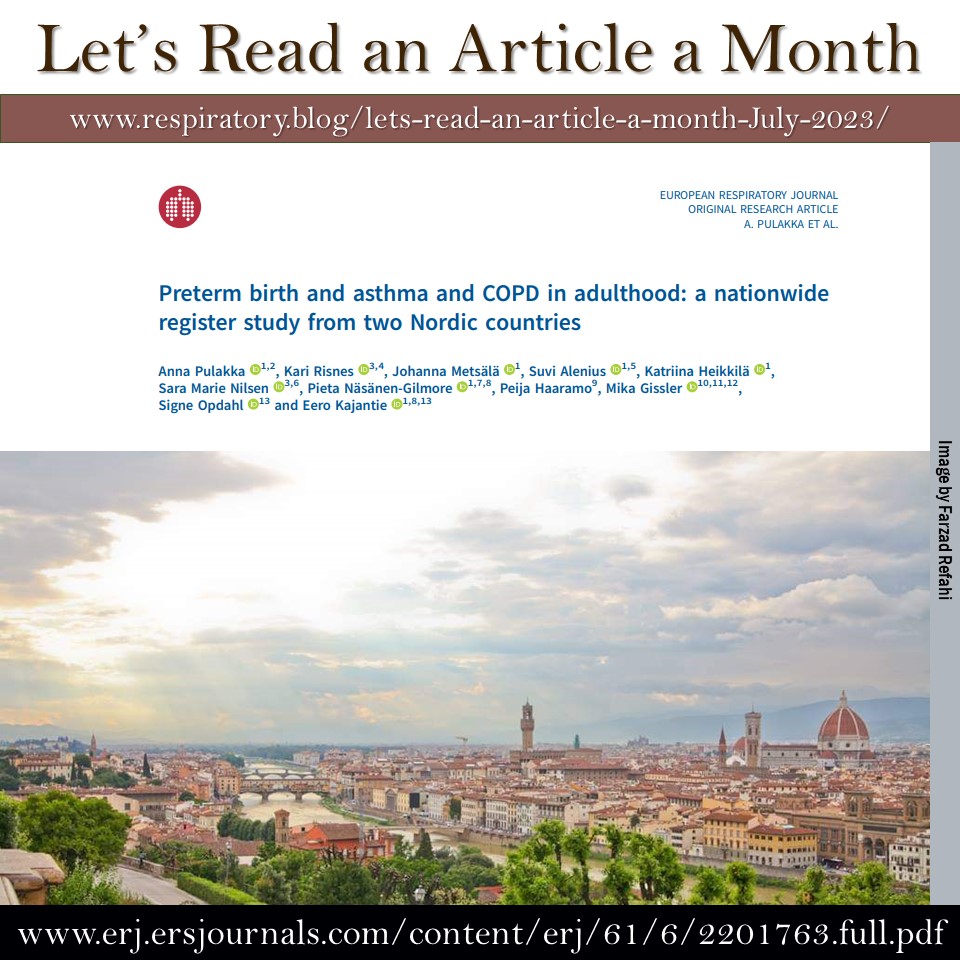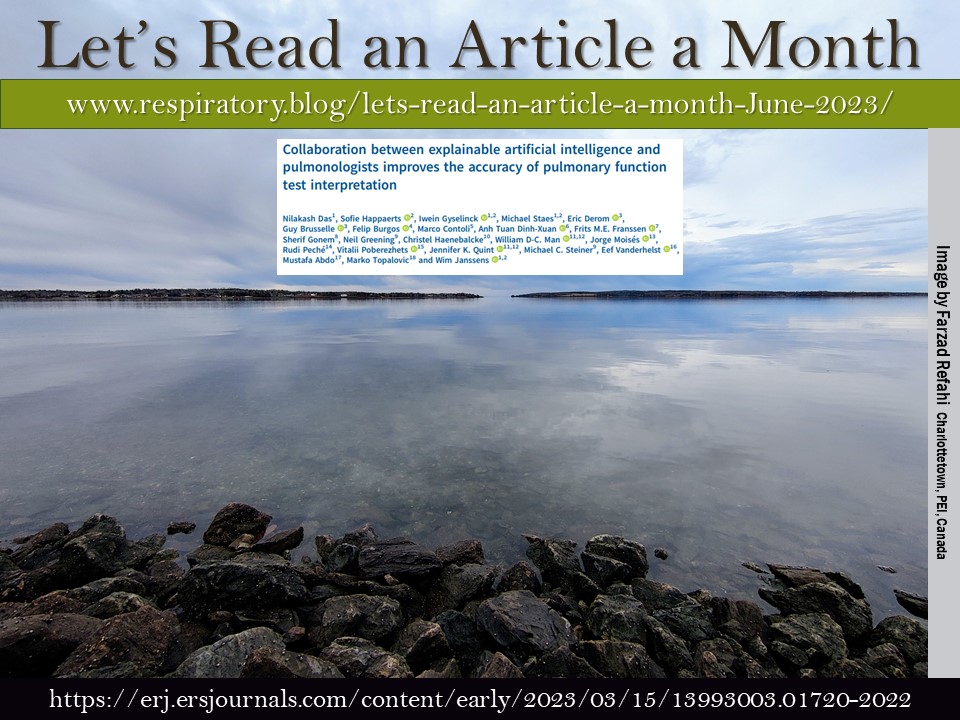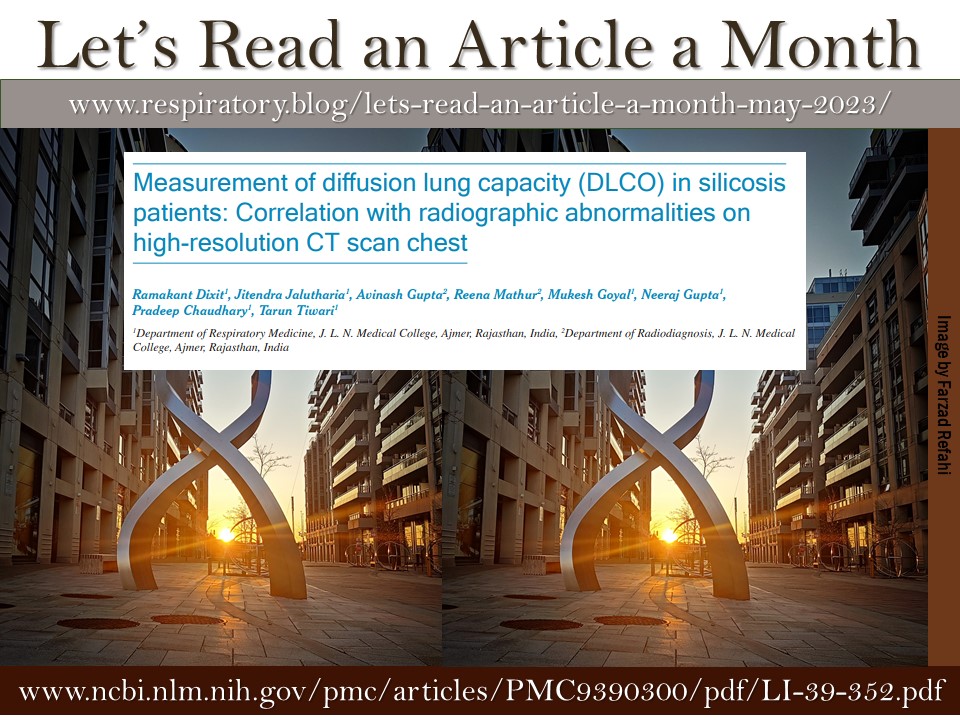Take an hour to listen to this conversation between my favourite authors, Simon Sinek and Dr. Becky. I have reviewed Dr. Becky’s book, Good Inside, multiple times. In this conversation with Simon, the conversation goes beyond parenting advice and applies to leaders and managers. Topics covered include:Active listening, using empathy, finding true intentions, and understanding the definition of boundary setting.While listening to this conversation, I automatically began thinking about two of our employees… who can easily be labelled as “challenging” or “difficult”. Dr. Becky shares that some of these perceptions and behaviour pathways may go back to age 5. While it is not our job to “fix” them, perhaps with proper boundary setting, we can find the common ground to achieve our goals. Everyone wants to be understood and appreciated. #FindtheGoodInPeople
Let’s Read an Article a Month – August 2023

Every month I try to read an open-access article. Then, I share the title and associated link with my followers. This is to encourage clinicians to read articles, stay up-to-date, and continue to grow.
This month’s paper aims to investigate “whether cigarette smoke interferes with cytokine- and virus-mediated induction of the immunoproteasome and MHC class I antigen presentation in parenchymal cells of the lung and the consequences thereof” (p2).
Antiviral CD8+ T-cell immune responses are impaired by cigarette smoke and in COPD
By Jie Chen, Xinyuan Wang, Adrian Schmalen, Sophia Haines, Martin Wolff, Huan Ma, Huabin Zhang, Mircea Gabriel Stoleriu, Johannes Nowak, Misako Nakayama, Marta Bueno, Judith Brands, Ana L. Mora, Janet S. Lee, Susanne Krauss-Etschmann, Anna Dmitrieva, Marion Frankenberger, Thomas P. Hofer, Elfriede Noessner, Andreas Moosmann, Jürgen Behr, Katrin Milger, Cornelia A. Deeg, Claudia A. Staab-Weijnitz, Stefanie M. Hauck, Heiko Adler, Torsten Goldmann, Karoline I. Gaede, Jochen Behrends, Ilona E. Kammerl and Silke Meiners
European Respiratory Journal 2023 62: 2201374; DOI: 10.1183/13993003.01374-2022
Link to the article: https://erj.ersjournals.com/content/62/2/2201374
“In this study, we demonstrate that cigarette smoke impairs cytokine- and virus-induced upregulation of the immunoproteasome/MHC class I antigen presentation machinery which associates with reduced activation of antiviral CD8+ T-cells. “
(Chen et al., p11)
“The concept that cigarette smoke interferes with effective antiviral CD8+ T-cell immunity was further corroborated by the finding that severe COPD patients with a smoking history had reduced numbers of influenza-specific peripheral CD8+ T-cells compared to lung healthy controls and asthma patients. “
(Chen et al. , p11)
As always, take the time to study the article and learn about all the results and findings.
Happy reading and learning,
Farzad Refahi
Aug. 12, 2023
Let’s Read an Article a Month – July 2023

Every month I try to read an open-access article. Then, I share the title and associated link with my followers. This is to encourage clinicians to read articles, stay up-to-date, and continue to grow.
The objective of this month’s paper is to investigate “the association between the full range of gestational ages (GA) and obstructive airway disease (asthma and/or COPD) in early and mid-adulthood, using nationwide data from two Nordic countries” (p2).
Preterm birth and asthma and COPD in adulthood: a nationwide register study from two Nordic countries
By: Anna Pulakka, Kari Risnes, Johanna Metsälä, Suvi Alenius, Katriina Heikkilä, Sara Marie Nilsen, Pieta Näsänen-Gilmore, Peija Haaramo, Mika Gissler, Signe Opdahl and Eero Kajantie.
European Respiratory Journal 2023 61: 2201763; DOI: 10.1183/13993003.01763-2022
Link to the article: https://erj.ersjournals.com/content/61/6/2201763
n=(Finland, born 1987-1998: 706,717 and Norway, born 1967-1999: 1,669,528)
“ Adults born preterm are more often treated in specialist care for obstructive airway diseases, including both asthma and COPD, compared to individuals born full term. The higher risk is extended to those born late preterm and early term and is higher for those who received a bronchopulmonary dysplasia diagnosis in infancy or who were born SGA. Preterm birth should be recognised as a risk factor for obstructive airway diseases in adulthood, and full medical history for people presenting with respiratory symptoms should include key perinatal data such as birth weight, gestational age and key pregnancy conditions.”
page 10
As always, take the time to study the article and learn about all the results and findings.
Happy reading and learning,
Farzad Refahi
July 18th, 2023
https://respiratory.blog/lets-read-an-article-a-month-July-2023/
Let’s Read an Article a Month – June 2023

Every month I try to read an open-access article. Then, I share the title and associated link with my followers. This is to encourage clinicians to read articles, stay up-to-date, and continue to grow.
The objective of this month’s paper is to ”compare the preferential and differential diagnostic accuracy between the pulmonologist’s view (control) and the pulmonologist’s view assisted with suggestions provided by a machine-learning model (intervention)” p2.
Collaboration between explainable artificial intelligence and pulmonologists improves the accuracy of pulmonary function test interpretation
By Nilakash Das , Sofie Happaerts, Iwein Gyselinck, Michael Staes, Eric Derom , Guy Brusselle , Felip Burgos , Marco Contoli, Anh Tuan Dinh-Xuan , Frits M.E. Franssen , Sherif Gonem, Neil Greening, Christel Haenebalcke, William D-C. Man, Jorge Moisés, Rudi Peché, Vitalii Poberezhets, Jennifer K. Quint, Michael C. Steiner, Eef Vanderhelst, Mustafa Abdo, Marko Topalovic and Wim Janssens.
European Respiratory Journal 2023; DOI: 10.1183/13993003.01720-2022
Link to the article: https://erj.ersjournals.com/content/early/2023/03/15/13993003.01720-2022
n=16+62
“ In this study conducted in two separate phases, we observed that pulmonologists when aided by XAI significantly improved on their individual preferential and differential diagnostic accuracy in interpreting PFTs. Among secondary end-points, we noted a significant increase in diagnostic confidence but no reduction in the number of differential diagnostic choices. Our results support the hypothesis that a pulmonologist aided by XAI improves on the interpretation of PFTs for the differential diagnosis of respiratory diseases when compared with individual pulmonologists with no support. Interestingly, we also observed that pulmonologists when aided by XAI significantly outperformed XAI itself in preferential and differential diagnostic accuracy. “
Page 8
As always, take the time to study the article and learn about all the results and findings.
Happy reading and learning,
Farzad Refahi
June 10th, 2023
https://respiratory.blog/lets-read-an-article-a-month-June-2023/
Let’s Read an Article a Month – May 2023

Every month I try to read an open-access article. Then, I share the title and associated link with my followers. This is to encourage clinicians to read articles, stay up-to-date, and continue to grow.
The objective of this month’s paper is to ”find out the correlation, if any, between DLCO and severity of radiological abnormality on high-resolution-CT (HRCT) scan chest among silicosis patients” (p353).
Measurement of diffusion lung capacity (DLCO) in silicosis patients: Correlation with radiographic abnormalities on high-resolution CT scan chest. Lung India.
By: Dixit R, Jalutharia J, Gupta A, Mathur R, Goyal M, Gupta N, Chaudhary P, and Tiwari T.
2022 Jul-Aug;39(4):352-356. doi: 10.4103/lungindia.lungindia_280_21. PMID: 35848668; PMCID: PMC9390300.
Link to the article: https://www.ncbi.nlm.nih.gov/pmc/articles/PMC9390300/pdf/LI-39-352.pdf
- n=56
“… simple silicosis (category 0, 1) does not produce significant impairment in lung function; however, impairment in lung function on spirometry or DLCO or a combination of these two was observed in patients with advanced simple silicosis (category 3).”
page 355
“…in patients presenting with large opacities, there is a progressive decrease in DLCO with increasing extent of radiological abnormality on HRCT (r > −0.8, P < 0.001). “
page 355
“… HRCT chest is the most sensitive tool to assess deterioration in DLCO at the earliest. This study also suggests that functional damage of lungs correlates more strongly with the extent of larger opacities compared to small opacities.
page 356
As always, take the time to study the article and learn about all the results and findings.
Happy reading and learning,
Farzad Refahi
May 2nd, 2023